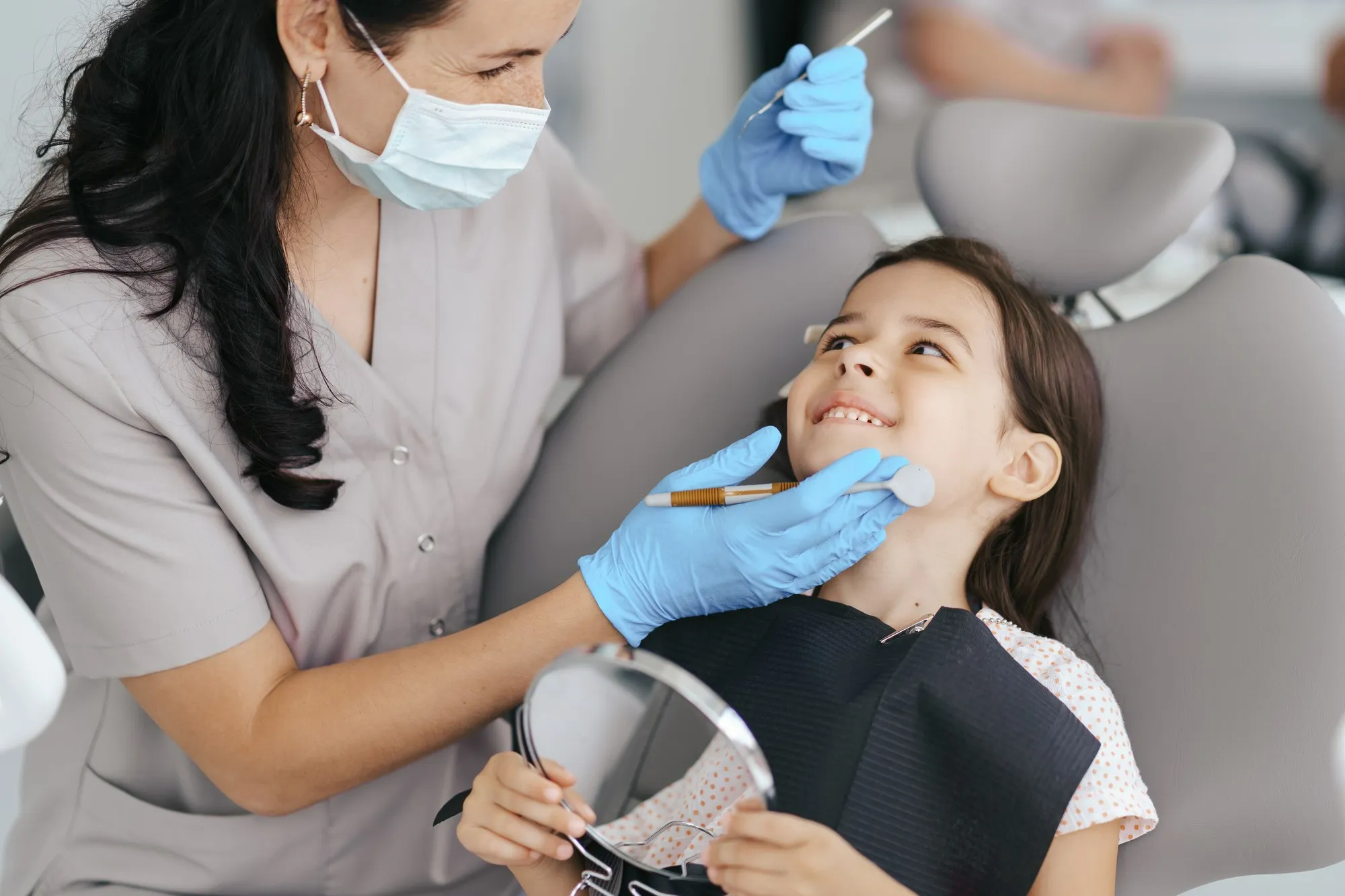
Dental Supplies and Education: Empowering Future Dentists
Dental education is a cornerstone of preparing future dentists to provide high-quality oral care. Central to this education is the utilization of dental supplies and equipment, which not only facilitate hands-on learning but also empower students to become proficient and knowledgeable practitioners. In this article, we will explore the pivotal role that dental supplies and education play in shaping the dentists of tomorrow.
Hands-On Learning
1. Dental Manikins: Manikins provide students with a platform to practice basic dental procedures, such as tooth extractions and restorative work, before working on live patients. These manikins mimic the oral cavity and allow for repetitive skill-building.
2. Simulators: Advanced simulators replicate realistic clinical scenarios, offering students the opportunity to refine their skills in a controlled environment. These include virtual reality (VR) and haptic simulators for procedures like root canals and crown preparations.
Diagnostic Tools
3. Digital X-ray Machines: Dental schools utilize digital X-ray machines to teach students how to interpret radiographs effectively. This helps students identify oral health issues and plan treatments.
4. Intraoral Cameras: Intraoral cameras enable students to visualize and document oral conditions. This hands-on experience enhances their diagnostic skills and patient communication.
Treatment Instruments
5. Dental Handpieces: Students practice using dental handpieces for various procedures, including cavity preparation and tooth restoration. Familiarity with different types of handpieces is crucial for future dentists.
6. Dental Chairs and Units: Dental chairs and units in educational settings mimic those in real dental practices, allowing students to become proficient in their operation and ergonomics.
Infection Control
7. Sterilization Equipment: Dental schools teach students the importance of proper instrument sterilization and infection control. Autoclaves and sterilizers are used to reinforce these critical practices.
8. Personal Protective Equipment (PPE): Students learn to use PPE, including masks, gloves, and eyewear, to protect themselves and patients from infectious agents.
Dental Materials
9. Restorative Materials: Dental schools provide a range of restorative materials for students to practice with, helping them understand the properties and applications of different materials like composite resins and dental amalgam.
10. Impression Materials: Students gain hands-on experience with impression materials to create accurate molds of teeth, an essential skill for fabricating crowns, bridges, and dentures.
Patient Education
11. Patient Education Models: Dental schools use educational models to illustrate dental conditions and treatment options. These models aid in teaching students how to communicate effectively with patients.
Continuing Education
12. Continuing Education Resources: Dental schools offer access to updated dental supplies and technologies, ensuring that students are exposed to the latest advancements in the field.
Dental supplies are not only tools for education but also building blocks for the skills and knowledge that future dentists acquire during their training. By providing students with a comprehensive hands-on learning experience, dental schools empower them to deliver quality dental care and stay abreast of the ever-evolving field of dentistry. Ultimately, these supplies and educational opportunities form the foundation upon which future dentists build their careers, improving oral health and the overall well-being of patients.
